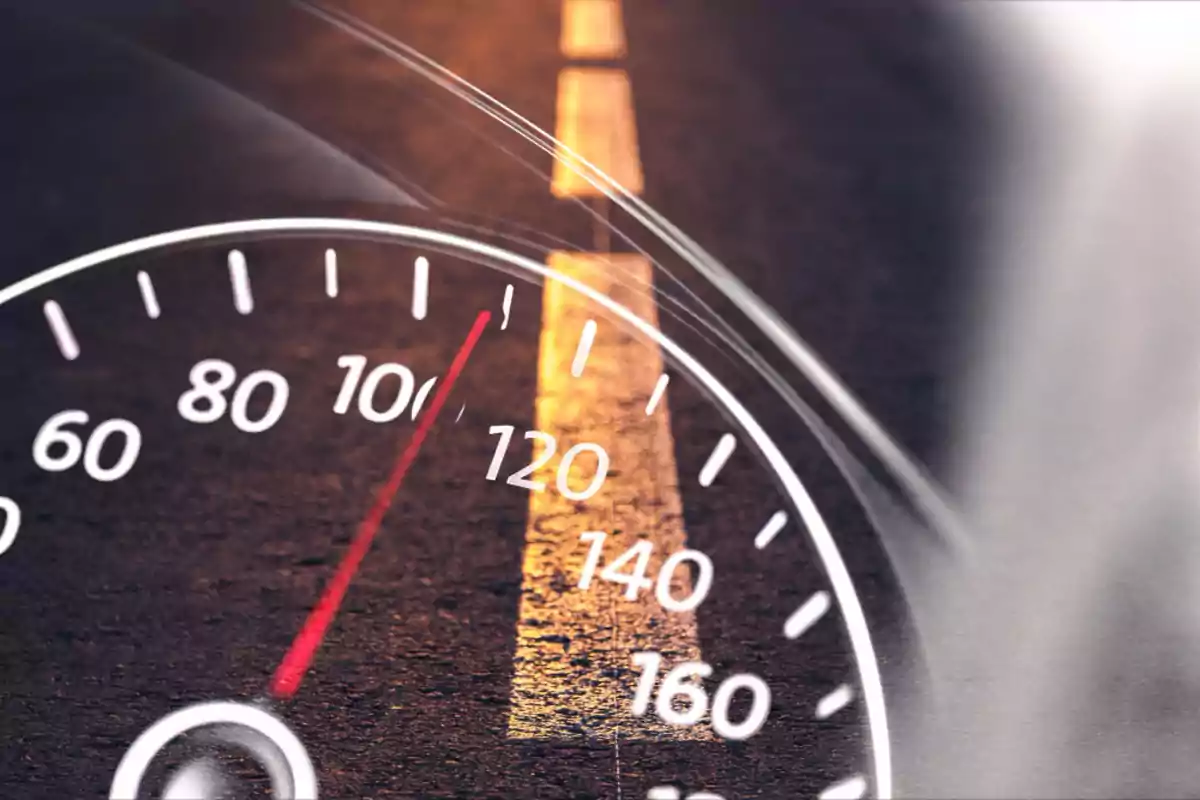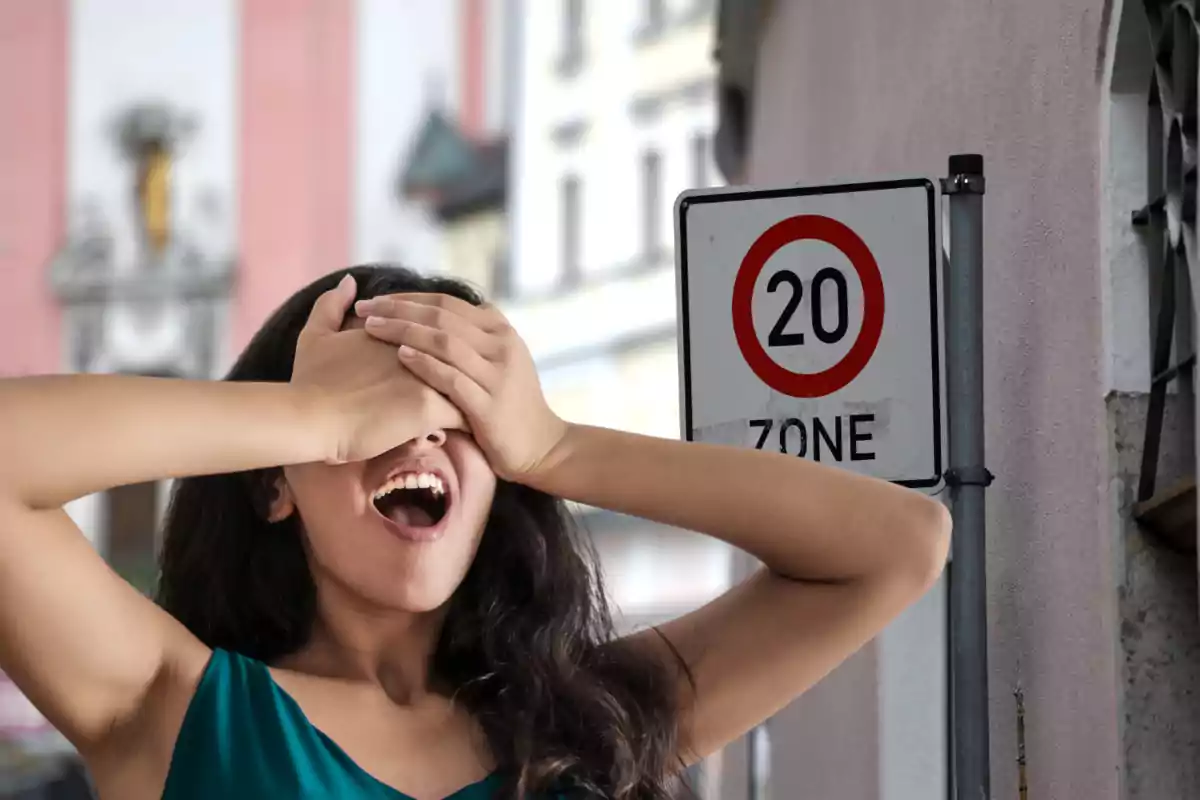New York is once again under the spotlight. The city has decided to reduce the speed limit on several of its busiest streets. Now, some drivers will have to move at just 20 mph (32 km/h).
The decision comes as part of a broader effort: to protect the lives of those who walk, cycle, or drive. But what's behind this measure and how will it affect New Yorkers?
A city seeking more safety
Traffic in New York is intense and chaotic. Thousands of cars, buses, taxis, bicycles, and pedestrians share the same streets every day. With so much movement, the risk of accidents increases.

According to the NHTSA, in 2023 almost a third of traffic accident deaths in the United States were related to speeding. These figures set off alarms.
That's why the city decided to act. Reducing the limit to 20 mph in key areas is a way to decrease the severity of crashes and give both drivers and pedestrians more reaction time.
The Sammy law and its impact
This change didn't come out of nowhere. It comes from the so-called Sammy law, passed in memory of Sammy Cohen Eckstein, a 12-year-old boy who lost his life in 2013 after being hit by a car.
His family, along with road safety organizations, didn't give up. They fought for a regulation that would remind everyone of the importance of reducing speed. Thanks to that citizen pressure, New York passed the law that today transforms traffic rules.

With this new rule:
- On many avenues, the limit drops from 25 mph (40 km/h) to 20 mph (32 km/h).
- In areas near schools and commercial zones, the limit falls even further: from 15 mph (24 km/h) to 10 mph (16 km/h).
The message is clear: in places with higher risk for pedestrians, the priority will always be life.
A different approach within the U.S.
In most U.S. cities, punishments for speeding are usually more fines or even jail. New York chose another strategy: making everyone drive more slowly.
This philosophy is part of the Vision Zero program, an international initiative that seeks to eliminate traffic deaths. The logic is simple: it's not enough to punish, prevention is needed.
Even electric bicycles are included in the regulation; before, they didn't have a speed limit. Now they must respect one of 15 mph (24 km/h). This measure comes after several accidents with pedestrians on crowded streets.

